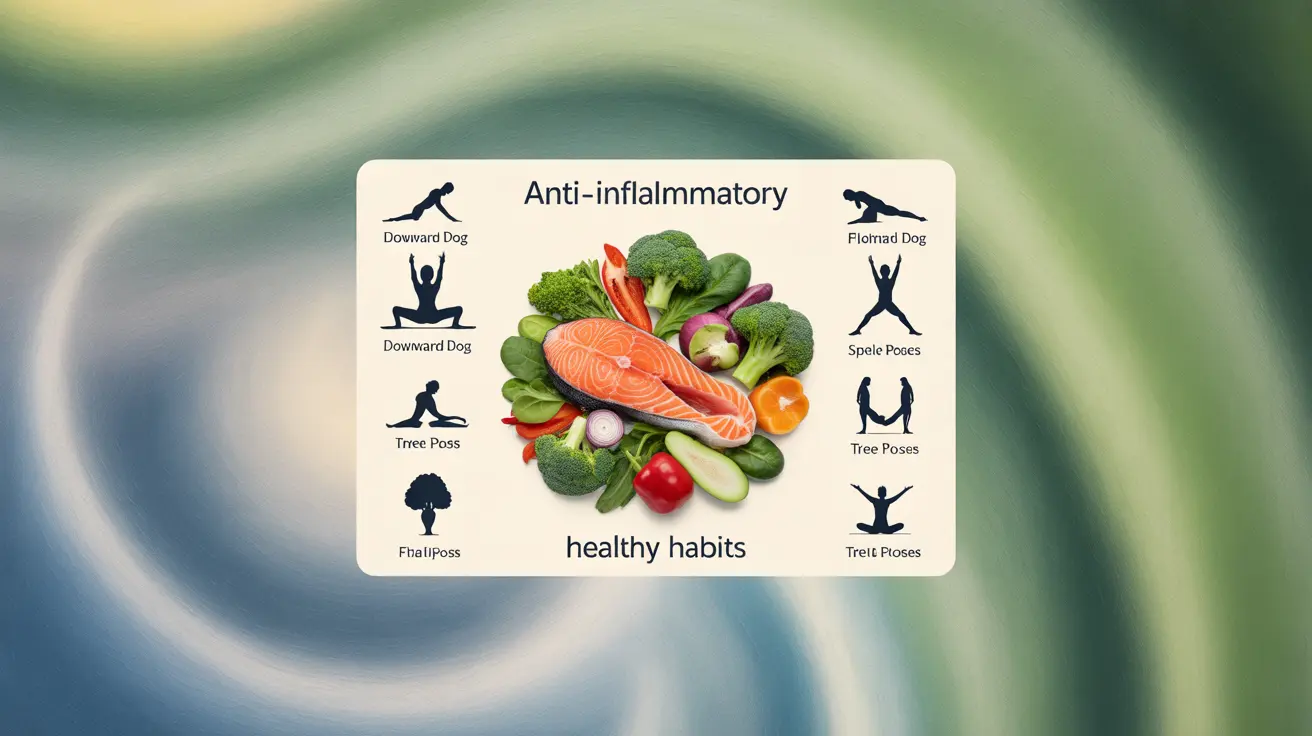Pigmented villonodular synovitis (PVNS) is a rare joint condition that requires careful management and treatment. While conventional medical treatments remain the gold standard, many patients seek information about natural and alternative approaches to complement their care. This comprehensive guide explores various natural treatment options and supportive therapies for PVNS, while emphasizing the importance of working with healthcare providers to develop an appropriate treatment plan.
Understanding PVNS and Treatment Goals
Before exploring natural treatments, it's crucial to understand that PVNS is a benign but potentially aggressive condition affecting the joint lining. Any complementary therapies should focus on managing symptoms, reducing inflammation, and supporting overall joint health, rather than replacing necessary medical interventions.
Evidence-Based Natural Support Strategies
Anti-Inflammatory Diet and Nutrition
While diet alone cannot treat PVNS, certain nutritional approaches may help manage inflammation and support joint health:
- Omega-3 rich foods (fatty fish, flaxseeds, chia seeds)
- Antioxidant-rich fruits and vegetables
- Turmeric and ginger
- Green tea
- Foods low in processed sugars and inflammatory compounds
Physical Therapy and Exercise
Physical therapy plays a crucial role in managing PVNS symptoms and maintaining joint function:
- Gentle range-of-motion exercises
- Strength training for surrounding muscles
- Low-impact activities
- Supervised rehabilitation programs
- Joint protection techniques
Complementary Therapies
Traditional Chinese Medicine (TCM)
While research specifically on PVNS and TCM is limited, some patients explore these options under professional guidance:
- Acupuncture for pain management
- Chinese herbal medicine
- Therapeutic massage
- Qi Gong exercises
Other Alternative Approaches
Several additional therapies may offer supportive benefits:
- Manual lymphatic drainage
- Hot and cold therapy
- Therapeutic ultrasound
- Stress reduction techniques
- Mind-body practices
Important Considerations and Limitations
Natural treatments should be viewed as complementary rather than primary treatments for PVNS. Several key factors warrant consideration:
- The progressive nature of PVNS requires proper medical monitoring
- Natural treatments may help manage symptoms but cannot stop disease progression
- Alternative therapies should be discussed with healthcare providers
- Delaying conventional treatment may lead to joint damage
Frequently Asked Questions
Are there any natural treatments or home remedies that can effectively manage pigmented villonodular synovitis (PVNS)?
While natural treatments cannot cure PVNS, certain approaches like anti-inflammatory diets, physical therapy, and stress reduction techniques may help manage symptoms. These should be used alongside, not instead of, conventional medical treatment.
How does traditional Chinese medicine approach the treatment of PVNS, and is it supported by clinical evidence?
Traditional Chinese Medicine approaches PVNS through acupuncture, herbal medicines, and energy practices. However, clinical evidence specifically for PVNS is limited, and these treatments should be considered complementary to conventional medical care.
Can therapies like ozone injections or manual lymphatic drainage help reduce symptoms or recurrence of PVNS?
While manual lymphatic drainage may help manage swelling and discomfort, there is insufficient evidence supporting ozone injections for PVNS. These treatments should not be relied upon as primary therapeutic options.
What are the limitations and risks of relying on natural or alternative therapies instead of surgery for PVNS?
Relying solely on natural therapies poses significant risks, as PVNS can progressively damage joints without proper medical intervention. Natural treatments cannot address the underlying disease process and should not delay necessary surgical treatment.
How can supportive measures such as physical therapy and anti-inflammatory strategies help with PVNS symptoms alongside medical treatment?
Physical therapy and anti-inflammatory strategies can help maintain joint function, manage pain, and improve quality of life when used alongside medical treatment. These approaches support recovery and may help prevent complications but should be coordinated with your healthcare team.




